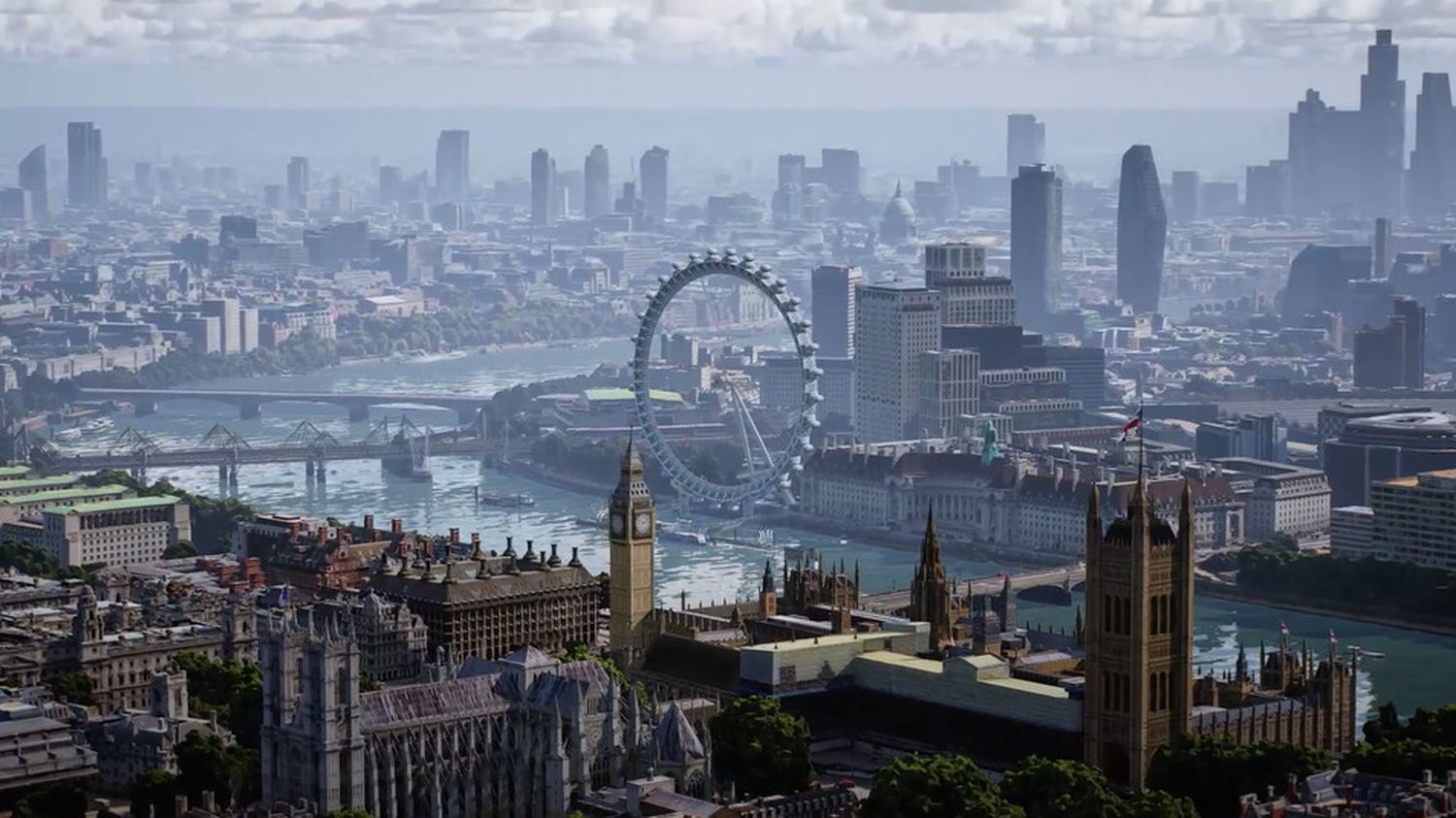You are certainly already using Street View to plan a trip, visualize an intersection and find your way around a city. But did you know that it can also be used to visit surprising, even inaccessible places?
First example: the ISS, the international space station in orbit which rotates 400 km above our heads. A visit as if you were there, by clicking from arrow to arrow to progress through the 15 modules: 110 m long with, at each intersection, the possibility of turning left or right, a little as if you were Thomas Pesquet! It is also largely to the French astronaut that we owe these images taken during his first stay in 2017. It took four months to take all the shots, at the rate of 24 images per panorama, by stretching elastic cables in the modules to position the camera correctly.
Closer to us but not necessarily more accessible: the bottom of the oceans with panoramic underwater images, in particular of the Great Barrier Reef in Australia, taken from 2013. Equally unusual: Greenland, oases like Liwa, in full desert of the United Arab Emirates, world famous sites such as Petra in Jordan, the Taj Mahal in India, the pyramids of Meroe in Sudan, the Eiffel Tower, Burj Khalifa, the highest tower in the world up to the 154th floor in Dubai, the White House in Washington (at Christmas!), the Amazon with this navigation on the Amazon River and this progress on tracks in the middle of the tropical forest, these sea elephants off the Galapagos Islands or even, less glamorous, the region of Fukushima in Japan, devastated by a nuclear accident in 2011. Without forgetting the Hôtel des Invalides in Paris with fresh images.
For its 15th anniversary, Street View no longer only offers geographical travel. The idea is also to be able to travel in time. Google that throws nothing away – and that’s not just a quality – has kept the photos of towns, villages, monuments, taken since 2007.
The giant from Mountain View in California speaks of “time capsules“. The iOS and Android app will therefore make it possible to view the evolution over 15 years thanks to a button entitled “See more dates“ which will appear in certain places, those which benefit from a history in images. Google is thus taking up an idea launched in 2007 but at the time, the function was only available on PC and Mac and not yet on smartphones, which did not yet exist.
In 15 years, Google has gathered more than 220 billion images taken all around the Earth in more than 100 countries. 16 million kilometers covered, the equivalent of 400 trips around the world. It is this mass of data that makes the richness of the service, also with this temporal depth now.
And meanwhile, facing Street View, Apple continues to enrich its competing application, Maps. She had landed, seven years after Google Maps, and had had a difficult start with her phantom roads, her inaccuracies and images not always of very good quality. Today, Plans has largely caught up, so much so that major capitals envy cities that already benefit from the new ultra-detailed 3D rendering, called “Urban Exploration“, which can already be enjoyed for London, New York or San Francisco. .
Tokyo is the 12th capital to join the list and also benefits from the augmented reality navigation function. Concretely, you point the phone camera in front of you, and over the buildings, cultural or practical information and arrows are superimposed, with the direction to follow.
A function that can now also be found in Google Maps thanks to the new immersive views (in Los Angeles, London, New York, San Francisco, Tokyo to begin with). Cartography, navigation, it is today one of the major battles between the giants of tech, Google and Apple in particular.
